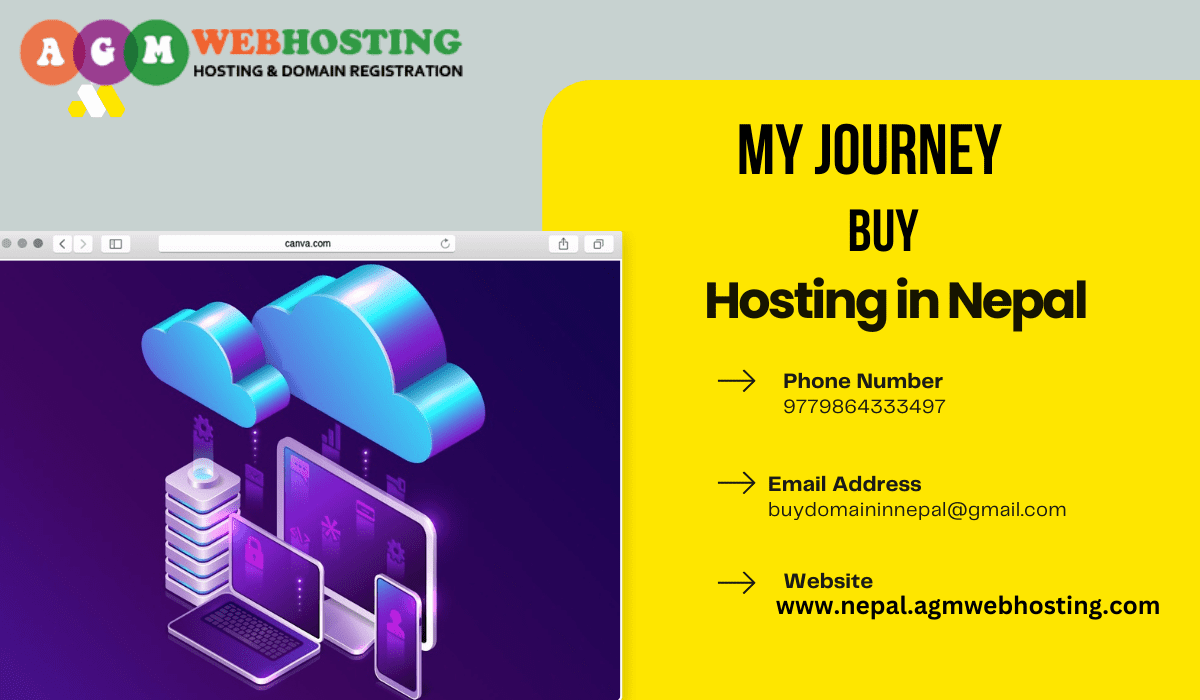As a blogger and a freelancer, I had always dreamt of launching my website and sharing my work with a wider audience. However, I knew that a website needed more than just a catchy domain name and a sleek design. I needed hosting – a service that would provide the storage space, bandwidth, and server resources required to keep my website up and running 24/7.
When I started my research on hosting providers in Nepal, I was overwhelmed by the number of options available. There were local providers, international giants, and everything in between. Each one claimed to offer the best features, the highest speeds, and the lowest prices. But how could I tell which one was right for me?
I decided to take matters into my own hands and embarked on a journey to buy hosting in Nepal. Along the way, I learned valuable lessons and discovered some key insights that I want to share with you. So, buckle up and join me on this adventure!
Step 1: Define Your Needs
Before you start browsing hosting providers, it’s essential to define your needs. What type of website are you planning to launch? How much traffic do you expect? What are your storage and bandwidth requirements? Do you need any special features such as email hosting or e-commerce support hosting in Nepal?
To answer these questions, I created a checklist of my requirements. I wanted hosting that would support WordPress, offer unlimited storage and bandwidth, provide SSL certificates, and have reliable customer support. Additionally, I wanted a provider that would allow me to scale up or down as my website grew or shrank.
Step 2: Research Your Options
Once you know what you’re looking for, it’s time to research your options. I started by searching online for hosting providers in Nepal and reading reviews from other users. I also asked for recommendations from fellow bloggers and freelancers who had experience with hosting in Nepal.
Based on my research, I narrowed down my options to a few local providers and a couple of international ones. I compared their prices, features, and reviews and made a shortlist of the most promising ones.
Step 3: Test the Waters
Before committing to a provider, I wanted to test the waters and see how their services worked in practice. Fortunately, most hosting providers offer a trial period or a money-back guarantee, which allows you to try their services without risk.
I signed up for trial periods with three providers on my shortlist and tested their services for a few days. I checked their speed, uptime, ease of use, and customer support. I also tested their WordPress compatibility, installed a theme and some plugins, and checked if everything worked smoothly.
Based on my tests, I eliminated one provider that had poor speed and uptime and narrowed down my options to two providers that met my requirements.
Step 4: Compare the Features
Now that I had two potential providers, it was time to compare their features more closely. I checked their pricing plans, the resources they offered, the scalability options, and the additional features they provided. I also checked their customer support channels and their response times.
One provider stood out with its unlimited resources, flexible pricing, and excellent customer support. They also offered a free SSL certificate, a free domain name, and a 30-day money-back guarantee. Their pricing was slightly higher than the other provider, but I felt it was worth it for the peace of mind and the quality of service they offered.
